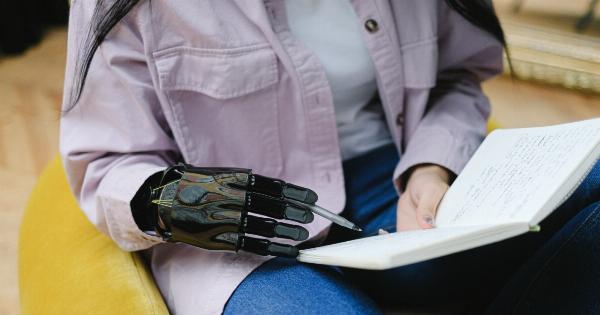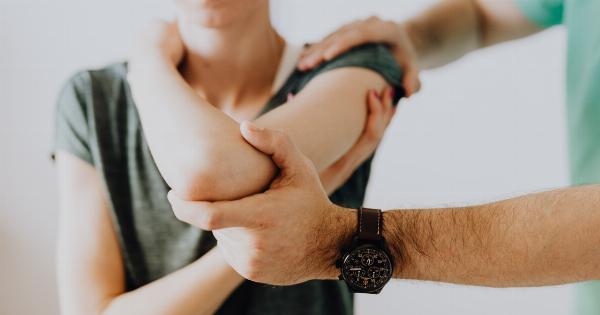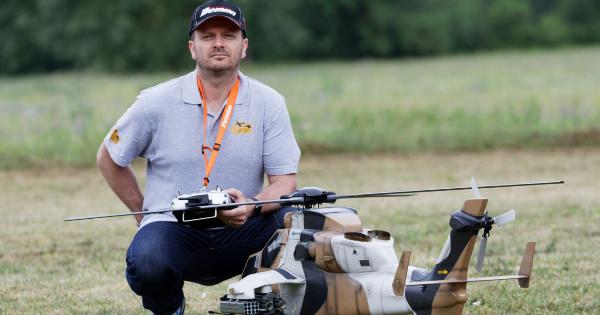The field of prosthetics has witnessed significant advancements in recent years, with researchers constantly striving to develop more efficient and natural methods to restore lost or impaired motor functions in individuals.
One groundbreaking innovation that has gained significant attention is the development of bionic hands that can be controlled using neural signals from the user’s brain. These remarkable advancements have the potential to revolutionize the lives of amputees and individuals with motor disabilities, offering them a newfound sense of freedom and independence.
The Science Behind the Bionic Hand
Bionic hands are a remarkable amalgamation of advanced robotics and neuroengineering. These prosthetic limbs are designed to mimic the intricate movements and dexterity of a natural human hand.
The pivotal element in controlling a bionic hand lies in decoding the neural signals that once controlled the lost limb. Researchers achieve this by implanting tiny electrodes into the brain or the remaining nerves of the amputee, which capture electrical impulses related to intended movements.
Neuroprosthetics: A Game-Changing Technology
Neuroprosthetics, a branch of neuroscience and biomedical engineering, plays a crucial role in developing and refining bionic hand technology.
By leveraging advancements in materials science, computer algorithms, and robotics, neuroprosthetics provides a novel way to interface the human nervous system with external devices. Bionic hands are just one example of the incredible potential that neuroprosthetics holds in transforming the lives of individuals with physical disabilities.
Deciphering Neural Signals
Deciphering neural signals is a complex process that requires a deep understanding of the brain’s intricate neural pathways. Researchers use advanced machine learning algorithms to analyze the data obtained from the implanted electrodes.
These algorithms can precisely decode the neural signals in real-time, translating them into instructions for the bionic hand. As a result, individuals can regain control over crucial hand movements, such as grasping objects or manipulating delicate items.
Training the Brain-Machine Interface
The successful integration of a bionic hand requires the user to “train” their brain-machine interface. During this process, the user performs a series of mental or physical tasks while the neural signals are recorded and analyzed.
By repeatedly associating specific neural patterns with desired movements, the machine learning algorithms learn to recognize and interpret the user’s intentions accurately. This training process is vital in fine-tuning the control of the bionic hand and ensuring smooth and seamless movements.
Enhanced Functionality and Sensory Feedback
Apart from restoring motor functions, researchers are actively exploring ways to augment bionic hands with enhanced functionality and sensory feedback.
Touch sensors embedded in the fingertips allow users to perceive pressure or texture, improving their ability to interact with the environment. Some advanced bionic hands even provide users with a sense of proprioception, enabling them to perceive the position and movement of the prosthetic hand in space.
This sensory feedback greatly enhances the user’s control and overall experience with their bionic hand.
Overcoming Limitations
Despite the remarkable progress made in the field of bionic hands, there are still significant challenges to overcome. One limitation lies in the number of neural signals that can be effectively decoded and translated into movements.
Although researchers have achieved remarkable precision, the complexity of simultaneous movements and the need for real-time processing pose ongoing challenges. Furthermore, ensuring long-term reliability and stability of the neural interface remains an active area of research.
Expanding Applications
The development of bionic hands controlled by neural signals opens up a world of possibilities beyond amputees.
This technology holds potential in assisting individuals with other forms of motor disabilities, such as paralysis caused by spinal cord injuries or neurodegenerative diseases. The principles underlying bionic hands can be extended to develop prosthetic legs, exoskeletons, or even enable direct control of robotic devices for industrial applications.
The impact of this technology is far-reaching and has the potential to reshape various aspects of our society.
Human-Machine Integration and Ethical Considerations
The seamless integration of bionic hands into the lives of individuals raises important ethical considerations. As technology blurs the boundaries between humans and machines, questions about identity and societal perception come to the forefront.
Additionally, the cost and accessibility of this technology need to be addressed to ensure that individuals from diverse socio-economic backgrounds can benefit from these advancements. Ethical frameworks and regulations must be established to guide the responsible development and deployment of these groundbreaking technologies.
Looking Ahead
The development of bionic hands controlled by neural signals marks a significant milestone in the field of prosthetics.
These advancements not only restore lost motor functions but also empower individuals with a renewed sense of independence and autonomy. As research progresses, we can expect bionic hands to become even more sophisticated, offering enhanced dexterity, tactile feedback, and robust control.
With further advancements in neuroprosthetics and neuromorphic engineering, the potential for bionic hands to seamlessly integrate with the human experience is within reach.































